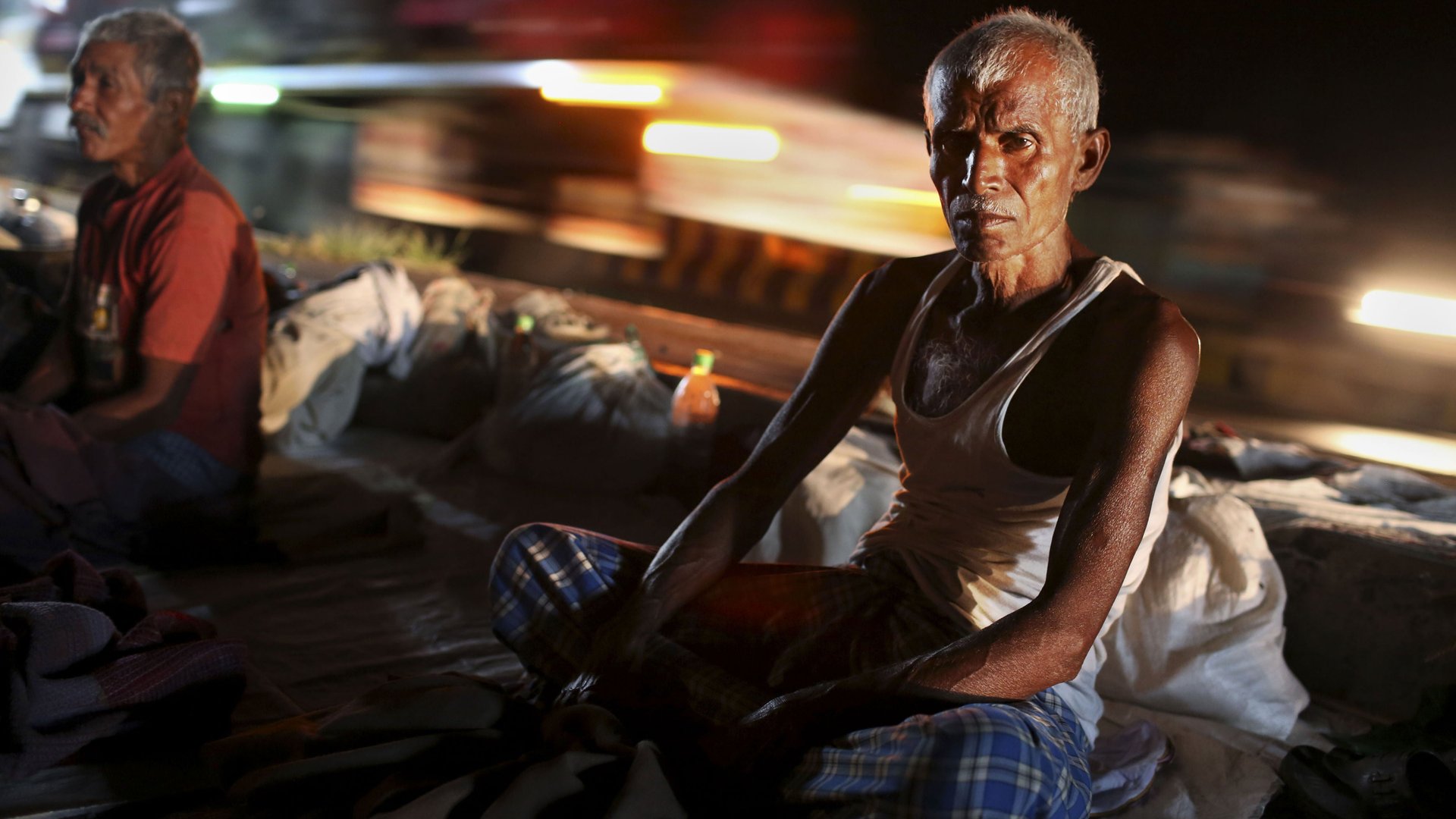Filipinos like overseas relatives to deliver cash to their doors, and Mexicans prefer it in-store
Xoom, an American company that helps immigrants living in the US transfer money back home, is about to list on the stock market. Its biggest sources of business are remittances to India, Mexico and the Philippines, and its IPO prospectus reveals some intriguing factoids about financial habits in these emerging markets:


Xoom, an American company that helps immigrants living in the US transfer money back home, is about to list on the stock market. Its biggest sources of business are remittances to India, Mexico and the Philippines, and its IPO prospectus reveals some intriguing factoids about financial habits in these emerging markets:
Mexicans like picking cash up while they shop. While Xoom has long had partnerships with Mexican banks to allow the recipients of its customers’ money to pick up cash in branches, its Mexican business has grown “materially” since last April when it set up a cash collection deal with giant Mexican retailer Grupo Elektra. According to the World Bank, more than half of Mexicans do not have bank accounts and many poor Mexicans living in rural areas lack awareness of commercial banking brands. Grupo Elektra began filling that gap a decade ago by setting up its own bank branches in its stores to lend money for people to buy white goods or even to pay medical expenses.
Indians wait for a good wager on the dollar to rupee exchange rage before sending money home. “We experience abrupt changes in money transfer volume to India when the US dollar strengthens or weakens against the Indian rupee,” Xoom reports. It says that transactions to India fall when the dollar is weakening against the rupee. But it sees heightened activity from its Indian customers at times of “a weakening Indian rupee, or the perception of a weakening Indian rupee.”
Filipinos and Dominicans like their cash to be delivered at home. Xoom offers home delivery of cash in the Philippines capital, Manila, as well as the Dominican Republic. Both places present people with big challenges when it comes to getting around. At peak times, the traffic in often-gridlocked Manila can slow to an average crawl of 10 kilometers an hour. Dominican Roads, meanwhile, are potholed and chaotic, with erratic driving, regular blackouts and mudslides and a high chance of drivers crashing into piled-up debris or a passing animal.